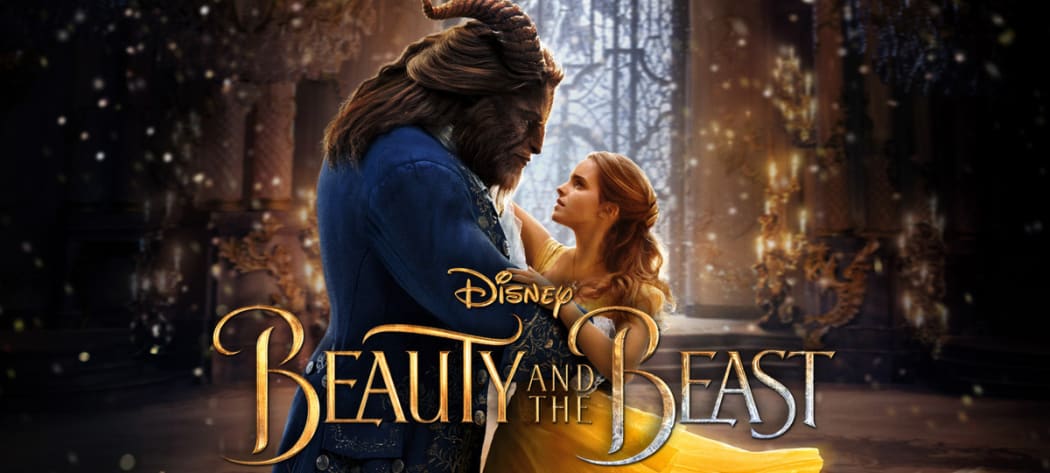Remaking a beloved film many people associate with their childhoods is not without its challenges, an Auckland-based pop culture expert says, and that is exactly the pressure Disney has put itself under with its live-action remake of Beauty and the Beast.
The film, which stars Emma Watson and Downton Abbey's Dan Stevens, had its worldwide premiere on 23 February and opened in New Zealand cinemas today.

Photo: Disney
Lorna Piatti Farnell is an associate professor of popular media and cultural history at AUT, where she teaches a paper called 'Popular Monsters'.
Whenever a film is remade, there will inevitably be a lot of talk and controversy, Farnell says.
"There is a certain nostalgic attachment whenever a classic film is remade, particularly with Disney because it does occupy a big place in people’s narrative of childhood or rose-tinted memories of childhood."
By now, moviegoers are familiar with the concept of classics being updated for modern audiences, and Disney has created its own niche within the genre, adding prequels or sequels to a series or translating an animated film into a live-action feature. Maleficent, Cinderella and The Jungle Book have been recent box office hits for the film studio.
There is a lot of pressure for the remake to live up to our memories of the original because we feel like we own it, Farnell says.
"Of course whenever we have the transformation from an animated character to a real person, people will talk, ‘Oh he doesn’t look enough like the character in the animated film’. Naturally they never could."
Disney’s 1991 animated version Beauty and the Beast was itself one of many adaptations of the story since the fairy tale was first published in France in 1740.
"The 1991 film drew heavily from the Beauty and the Beast narrative that had come before, going back to perhaps the 18th century when the original written fairy tale came about, which was a little bit more gruesome and dark than the version that Disney has given us," she says.
The universality of the themes addressed in the narrative make it - as the song goes - a tale as old as time.
"The story itself is quite emotional because it does deal with a lot of coded metaphorical representations of anger, of an acceptance of the difficulty with connecting, which in a way the monstrous beast embodies. I suspect that is why a lot of people connected with it, it felt very real, very emotional," Farnell says.
The 2017 remake is also notable - and controversial - for its inclusion of Disney’s first openly gay character. Gaston’s sidekick LeFou wants to kiss Gaston as much as he wants to be Gaston.
"Disney has been producing what were known as coded gay characters for decades, like in an environment that perhaps was not conducive to certain gender and sexuality representations, but it does not mean that Disney did not engage with that representation," Farnell says.
The villainous octopus Ursula in The Little Mermaid was modelled on a beloved American drag queen Divine - she had a lot of Divine’s mannerisms, looks and Divine’s way of expressing herself.
Aladdin’s Jafar and The Lion King’s Scar were also seen as coded gay or queer characters, she says.
"Even though people called it coded, that narrative was very clearly there and clearly obvious for those who were aware of it, so it’s not exactly a first, but perhaps what has made this gay representation in Beauty and the Beast [notable] is that Disney has openly declared that he is perhaps a gay character rather than a coded representation."

